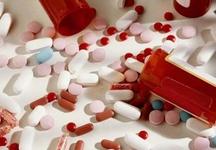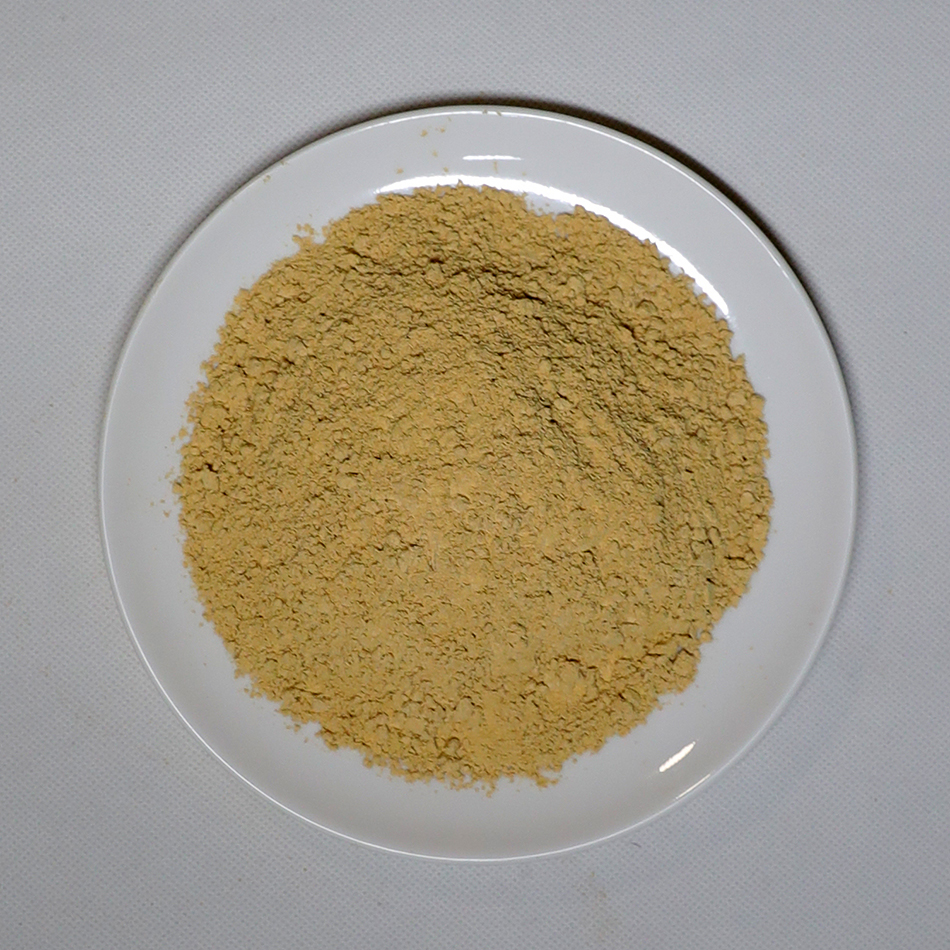OTC Marketing Transformation under New Fundamental Drugs
 The new edition of the base medicine list formally enters the implementation stage, and the market will continue to expand in the next three years. It is expected that the expansion of the base medicine OTC will further exacerbate the non-base drug OTC space in similar therapeutic areas. This will undoubtedly affect the OTC medical terminals and retail. The readjustment of the market structure will inevitably affect the sales of related companies. Under such circumstances, how OTC companies are involved in marketing reforms has become an issue that must be considered.
The new edition of the base medicine list formally enters the implementation stage, and the market will continue to expand in the next three years. It is expected that the expansion of the base medicine OTC will further exacerbate the non-base drug OTC space in similar therapeutic areas. This will undoubtedly affect the OTC medical terminals and retail. The readjustment of the market structure will inevitably affect the sales of related companies. Under such circumstances, how OTC companies are involved in marketing reforms has become an issue that must be considered. 1. The implementation of the new edition of the base drug catalog will inevitably bring about the adjustment of the terminal market structure. In your opinion, what kind of adjustments will this show?
Wang Liang: In the future, with provincial bidding as the core drug operation mode, the main channel of the market will inevitably be tilted toward medical institutions. There are both 100% use of primary medical institutions and 2nd and 3rd levels after upward expansion. The use of a considerable proportion of the hospital market will be a large mainstream sales market. The unsuccessful products will flow into the non-policy market represented by OTC retail pharmacies and private hospitals. The strong promotion of the base medicine will have a profound impact on the division of the market channels in the future. It will transform the company’s product sales into two channel terminals “medical institutions and free marketsâ€. The former is a large market that will account for 80% or more of the entire pharmaceutical market's sales. The latter is a fully competitive Red Sea market and will be the last straw for many corporate market competitions!
2. What are the adjustments in the product structure of the retail terminal that is the main sales carrier of OTC after the implementation of the base drug catalog?
Wang Liang: It can be foreseen that after the full implementation of the base drugs in the future, the number of products in the OTC retail market will increase, and many products that are not based on the base drugs will flock to the OTC market for competition. At the same time, the price of the product is affected by the homogeneity of the base drug, and the products sold by the OTC market will gradually decline. In addition, there will be a situation where related products such as exclusive base medicines originally sold only in medical institutions will be sold in the OTC market by changing the packaging specifications and forms because of the pulling effect of medical institutions, thereby increasing products. Market saturation, to achieve clinical sales.
3. Some people think that the expansion of the base medicines will inevitably squeeze the market space of non-base drugs in the same therapeutic areas. How do you see this? For example, for non-base OTC products, after the implementation of the new edition of the base drug catalog, it will be very difficult to enter the hospital, which is equivalent to losing the hospital terminal market. Will this affect its sales? Will its market layout adjust?
Wang Liang: This kind of extrusion is mainly caused by the increase in the number of base drug products and the expansion of sales scope. In this way, non-base drugs in the same therapeutic areas that could have been sold at hospitals above Class 2 would be driven by the strong promotion of base drug policies. Commercial companies and agents will use the base drug as the mainstream, and sales of non-base drugs will be medical. The decline in sales of institutions is inevitable. In this way, for companies with such products, on the one hand, how to find suitable agents and adjust the operating mode to ensure that the sales volume of medical institutions does not fall or fall, on the other hand, we must consider the issue of sales promotion in the free market, and explore The layout and breakthroughs in private hospitals and OTC channels.
4. The implementation of the list of basic medicines plus the partial withdrawal of the hospital market to OTC will further intensify the competition in the OTC market. In order to ensure market share, companies must begin to attach importance to OTC marketing. Specifically, what are the OTC product marketing models that were commonly used before? With the changes in the market and competition, what are the drawbacks of this model?
Wang Liang: With the traditional OTC market operation, large companies operate in the “advertising + channel†mode, and promote commercialization of companies and agents to carry out terminal operations through large-scale advertising investment. Small businesses take “high-margin + investment promotion†as the core operation, highlighting the strength of the regional market of agents to control their strength and promote market sales with high gross margin of products.
These two models, in the past for a long period of time, have all promoted the company's sales in the market. However, as more and more products move to the OTC market after the implementation of basic drugs, these two modes will inevitably be impacted. Large enterprises hold high and hold high because the terminal has insufficient control power, and it is easy to cause channels to rush into goods, leading to confusion in channels. Because the price transparency leads to insufficient benefits and can not meet the pharmacy terminal needs, many pharmacies just use branded products as promotional gimmicks, and mainly promote similar high-margin products. Although the sales mode of small businesses to meet the profit needs of the terminal pharmacy, but due to the product brand awareness is not high, the patient's recognition is not high and sales are limited. At the same time, it is too dependent on agents, it is easy to cause loss of control of the terminal, and is controlled by powerful agents.
5. Some people have pointed out that the marketing changes of OTC products are urgently needed. In your opinion, what aspects should be changed?
Wang Liang: In view of the above actual conditions, for OTC companies and companies that have a non-winning product based on OTC drugs, the market operation changes cannot be delayed. After all, government-led medical reforms are very obvious for the sales expansion of medical institutions, but there are few means to promote sales in the free market.
For the above-mentioned analysis of the different operating modes of large-scale enterprises and small-scale enterprises, the core of marketing reform is focused on four aspects: “grasping brand, grasping terminal, grasping key points, and grasping the mainstreamâ€.
A, grasp the brand. After all, the characteristics of pharmacy product sales determine that patients are more willing to take the initiative to purchase a familiar product, and how companies create corporate brands and product brands is particularly important. Of course, under the current situation of unprecedented information, the situation of the CCTV advertising market is no longer a thing of the past. How to select the right media (such as community education, new media, and joint promotion) according to the characteristics of the product is to create products for the company. Brands and corporate brands should focus on issues.
B, grasp the terminal. The competition in pharmacy sales is, in the final analysis, the competition of drug stores and the competition of single store sales. This requires companies to continue to increase the terminal team construction, through personnel coverage and effective control to ensure the distribution and output. Whether for large or small enterprises, it is critical to grasp personnel construction to control the terminal.
C, focus on. The main focus here is on the effective integration of key markets and key products. Due to the large number of pharmacies and the vast geographic area of ​​China, companies must fully control self-employed personnel, and the difficulty and investment are very large. This requires companies to be clear about where their core products are most applicable, where the company's strategic markets are, and to control such markets with key resources.
D. Grab the mainstream. It is necessary to understand what is the mainstream of OTC market operations and regional mainstreaming. According to the different conditions of the company's products, it is possible to achieve the sales of KA direct supply and large chain cooperation, and to establish long-term cooperation with regional small and medium-sized chains and monomer pharmacies through Gao Mao devaluation. It is even possible to work with companies that have a large staff team and brand influence to achieve product sales.
Dehydrated dry ginger powder has the functions of warming the middle and dispelling cold, returning Yang and dredging the pulse, warming the lungs and transforming the drink. Dried ginger is longer than warming the Yang and dispelling the cold. Whether it is the evidence of exogenous wind-cold, or the deficiency of the spleen and stomach yang, it can be used. use. For cold pain in the abdomen and abdomen, vomiting and diarrhea caused by deficiency of the spleen and stomach, it can be used together with Fuzi, Codonopsis, and Atractylodes, such as Fuzi Lizhong Pill. For abdominal pain caused by exogenous cold pathogens, you can use dried ginger, ground into powder, and drink with water. It can also be used for dead yang syndrome, and can be combined with aconite, such as Sini Decoction. It can also be used for cough and wheezing caused by cold drink over the lung, with excessive phlegm and thin phlegm.

Dehydrated Ginger Powder,Dried Ginger Powder,Dried Ginger Root Powder,Ginger Powder
Topower Technology Limited , https://www.topower-foods.com